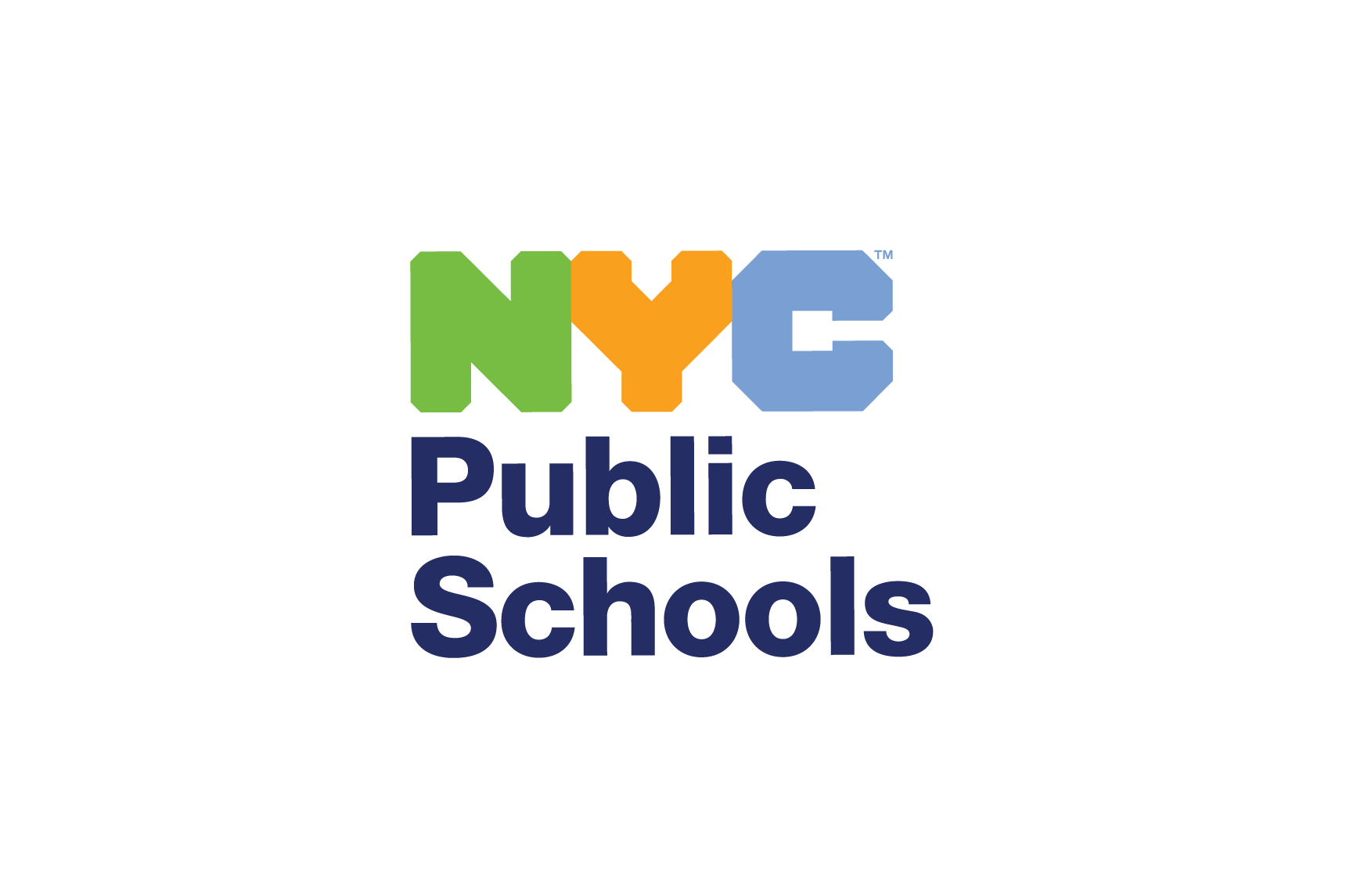Chancellor Carranza Announces Classroom Remediation For Students Under Six Complete
Cafeterias and libraries will be tested and remediated this year as part of enhanced protocols
NEW YORK – Schools Chancellor Richard A. Carranza announced today that the DOE and School Construction Authority completed its remediation of lead paint in classrooms serving 3-K, Pre-K, Kindergarten, and 1st grade students. This summer, the DOE enhanced protocols and increased transparency around lead paint inspections. In total, custodians and independent inspectors retained by SCA conducted a round of visual inspections in 8,438 rooms across all five boroughs, and successfully remediated all 1,860 impacted rooms. A complete list of rooms is available online, and information on remediation efforts was shared with school staff and families, and an update will be shared with families in impacted buildings on the first day of school.
“Our schools are safe and this summer we've successfully remediated all impacted classrooms in time for the first day,” said Schools Chancellor Richard A. Carranza. “We’re looking forward to a successful start of the year, and we're taking the next step in enhancing our protocols by inspecting, testing and remediating cafeterias and libraries serving kids under six in the next year.”
Although lead-based paint was banned in New York City in 1960, we take additional precautions and include in our monitoring any building constructed 25 years after that ban. Children under three years old are the most susceptible and vulnerable to the health effects of lead, and children under age six are at higher risk than older children. Our response protocol keeps kids safe and applies to all classrooms serving students under six in buildings constructed before 1985.
In an effort to increase oversight and transparency of this important work, the DOE took proactive steps to closely track and clearly communicate remediation efforts with staff and families, including:
- Expanded inspections to first grade. In addition to regular visual inspections of 3-K, Pre-K, Kindergarten and LYFE centers.
- Developed a centralized database. In addition to regular visual inspections and immediate reporting of deterioration, custodians are now required to formally and publicly log findings in applicable rooms three times throughout the year. So far, these findings have been logged twice—at the end of the year, and throughout the summer for newly identified rooms—and the results are posted online.
- Increased transparency. The online tool where staff or parents can report any deteriorating paint, which will immediately trigger an inspection, and any necessary follow-up action now includes an option to report cafeterias and libraries.
- Updated requirements for custodians. All custodians received new guidance on inspecting and addressing deteriorated paint conditions, including formally and publicly logging findings at three specific times throughout the year.
Custodians have always regularly visually inspected their buildings for peeling paint and the spaces were remediated if lead was found. While the focus has been on classrooms where students spend the most time, custodians are also required to paint approximately 20 percent of their building each year, including common spaces.
The DOE is enhancing inspection protocols, and this year independent contractors will inspect, XRF-test, and remediate cafeterias and libraries serving 3-K, Pre-K, Kindergarten, and 1st grade students. This work will be completed by the start of the 2020-21 school year, and is in addition to the abatement work the SCA completes in spaces that undergo a capital project.
Contractors are EPA-certified to identify and remediate lead-based paint, and will advise the DOE on whether it is safe for students to continue to occupy these spaces, depending on the size and scope of the remediation needed. If temporary relocation is necessary, the DOE will work closely with principals to ensure meals can be served in classrooms until work is complete. Standard remediation protocols will be followed, including cleaning before re-occupying rooms. Certified contractors will conduct testing and remediation in common spaces in order to ensure all necessary work in a building can be completed efficiently. While we’re prioritizing libraries and cafeterias for this school year, we are working on a plan to address additional common spaces.
Ernst + Young is conducting a review of the DOE’s protocols and procedures to ensure they are as strong as they can be. The review will be completed by the end of the school year.
“The SCA will continue to work collaboratively with the DOE to inspect and remediate classrooms and other common spaces to ensure we are providing a safe and comfortable learning environment,” said Lorraine Grillo, President and Chief Executive Officer of the New York City School Construction Authority. “This is a task that we do not take lightly and is part of our unwavering commitment to improve the school buildings and facilities that the City’s children need and deserve.”
“Our schools are safe learning environments for our kids, and agencies from across City government are working together to further enhance our lead-paint protocols to ensure we reach LeadFreeNYC,” said Kathryn Garcia, New York Department of Sanitation Commissioner and senior advisor for Citywide Lead Prevention.
###
Contact: Chancellor’s Press Office (212) 374-5141

